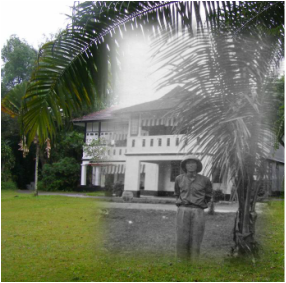 Living on a battlefield
Living on a battlefield I’ve lived in five countries. I’ve only lived in one that was once crawling with troops and pitted by trenches. A war that is still in living memory.
I have to confess that my fellow expats probably don’t have such an academic interest in the Second World War. Of course it’s well understood that the British built Singapore, and through the failure of war, lost it when the Japanese cycled their way through Malaya, paddled across the Straits of Johore, and then fought their way through the island with such confidence. A white flag was duly raised.
But armed with a degree in contemporary history (not that’s not an oxymoron) and nine years of service as a Territorial Army captain, I probably have a keener interest than most. My husband has frequently picked up the bored children and walked out of museums as I devour every piece of information.
From my balcony at home, off the Holland Road, I can imagine the troops hiding in drainage ditches, and creeping through the undergrowth. I look for war damage on buildings I recognise as being battle contemporaries. My regular running route takes me right past the front line, and the very spot where Lieutenant-General Percival handed over the white flag to the Japanese. Today, the spot is marked by little more than the intersection of Bukit Timah Road by Farrer and Adam Roads.
The Battle of Bukit Timah
Bukit is the Malay word for “hill” (Timah means “tin”), which for a soldier is a strategic defensive position, offering surrounding views. That’s not to say the views were good: it’s a small hill of only 581 feet and in 1942 it was surrounded in thick jungle and plantations. But it was a modest, and important, advantage.
The summit also looked down on Adam Park and Sime Road Camp, which both became strategic in their own ways.
Adam Park
Adam Road, off Adam Road, was a spacious upmarket expat estate of 19 houses, set in their own grounds. It was right next to the country club. It was the colonial place to be for sipping cocktails and playing golf. In February 1942, that all changed. With Bukit Timah hill playing such an important strategic role, it was the site of a battle that saw Allied and Japanese soldiers fighting in such close quarters they were almost in physical reach, as the battle took place from house to house.
Sime Road
Sime Road Camp was the RAF’s military Command Centre. Percival had wanted to unite all services in one place, and Sime Road was the geographical centre of the island, with the main trunk road heading straight to the city. The Malaya Campaign had been run from here, but as the Japanese landed in Singapore, the Command Centre moved to the Battle Box at Fort Canning, and dug in.
The Japanese broke through defensive lines, and on 11 February captured Bukit Timah hill. From there they were able to push through towards to the city, by-passing Sime Road. Adam Park, on the other hand, was on its own little hill and so was held by the Cambridgeshire Regiment, known as the Fen Tigers, for a further three days until they were told to surrender. It was to be the most extended, and intense fighting during the entire campaign for Singapore.
The Fen Tigers were rounded up by the Imperial Japanese Army, and herded into a tennis court, before being marched off to Changi Prison.
Both Sime Road and Adam Park became POW camps during the Japanese Occupation, for soldiers and civilians. The dreadful conditions, and treatment of the internees has been well documented, an ironic contrary way of life to the gin and golf days.
After the war the buildings of Sime Road were demolished. Adam Park was restored to its former glory and is again a residential area.
A big thank you
I recently met up with Jon Cooper, a battlefield archeologist, who is in charge of The Adam Park Project (TAPP). TAPP is a collaborative project between the Singapore Heritage Society archeologists at the National University of Singapore, and the Centre for Battlefield Archeology at Glasgow University. To read more about Jon’s work please visit his Facebook page.

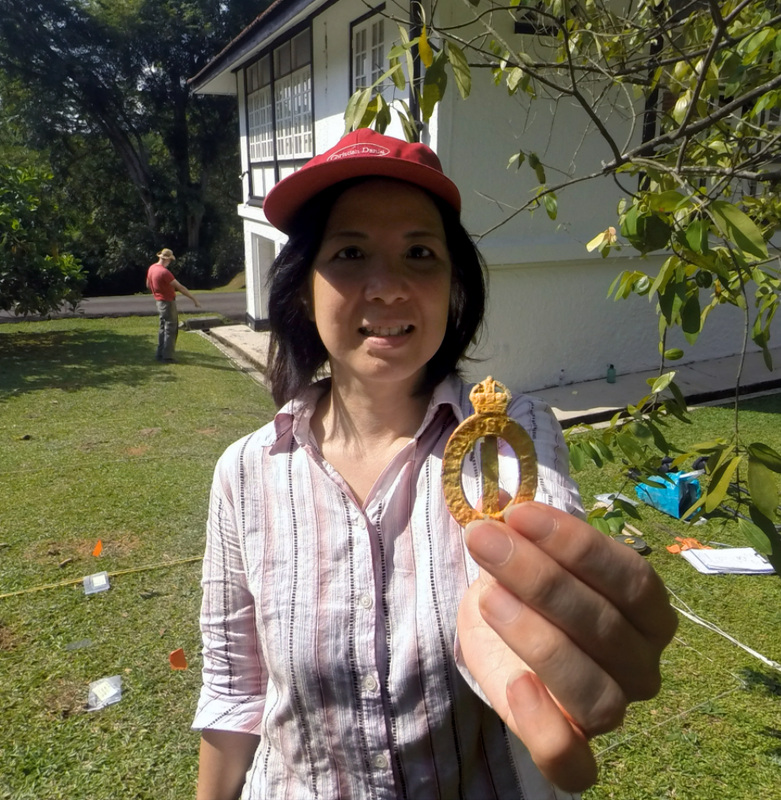
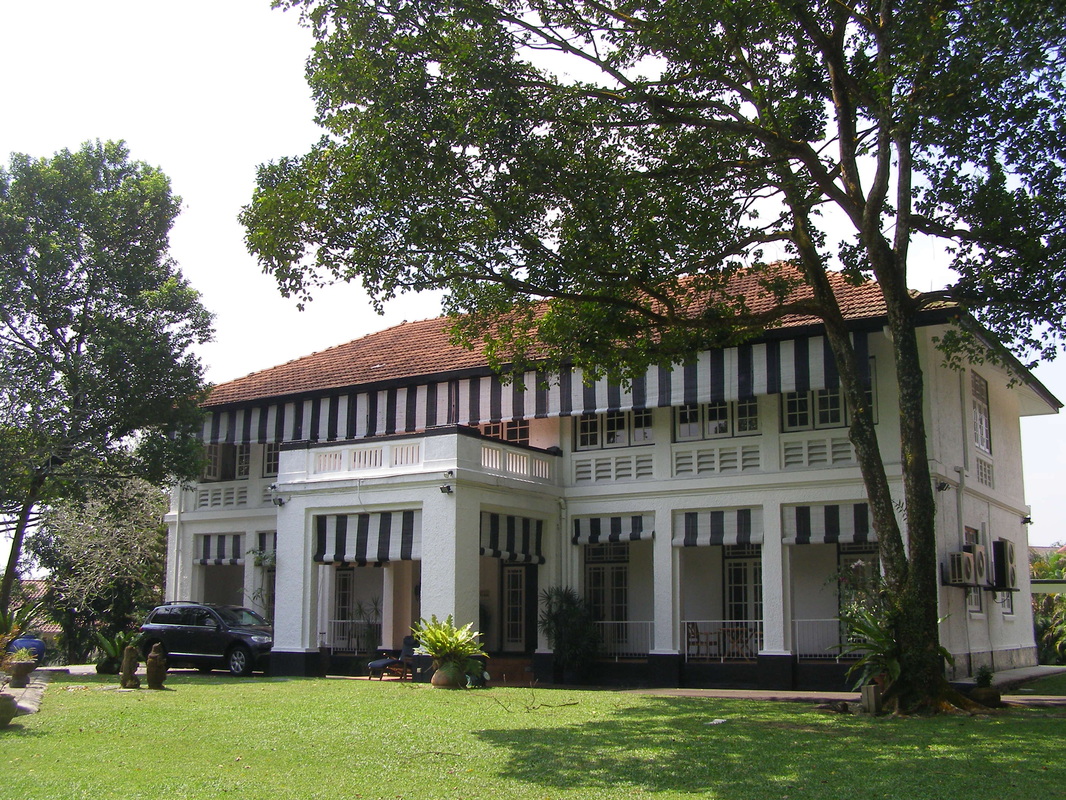
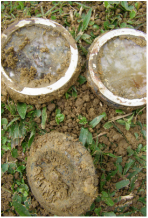

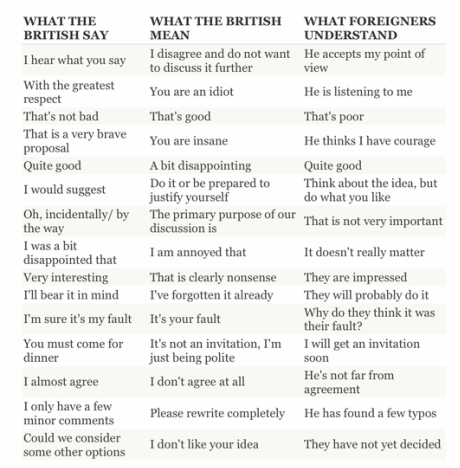
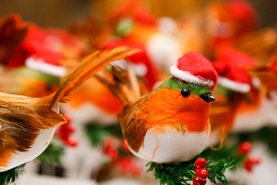
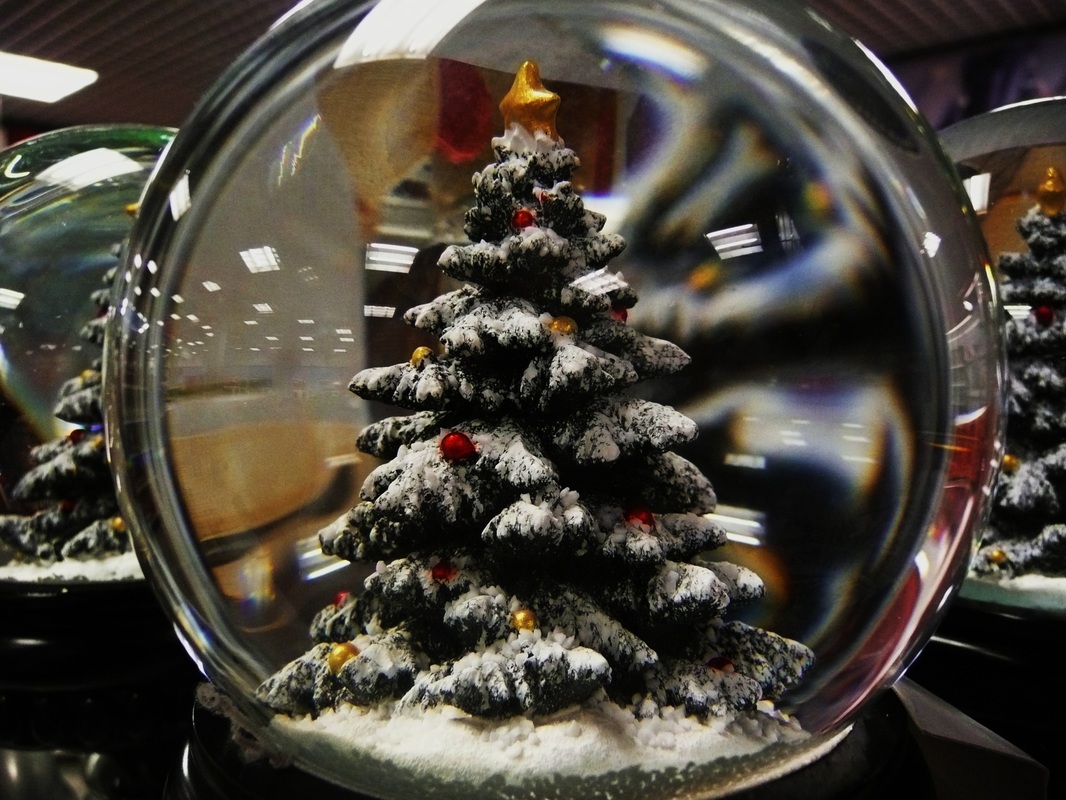
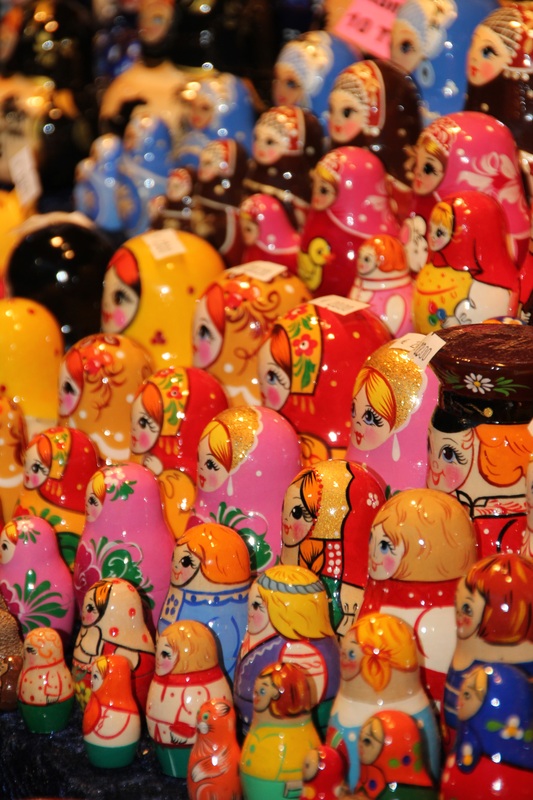
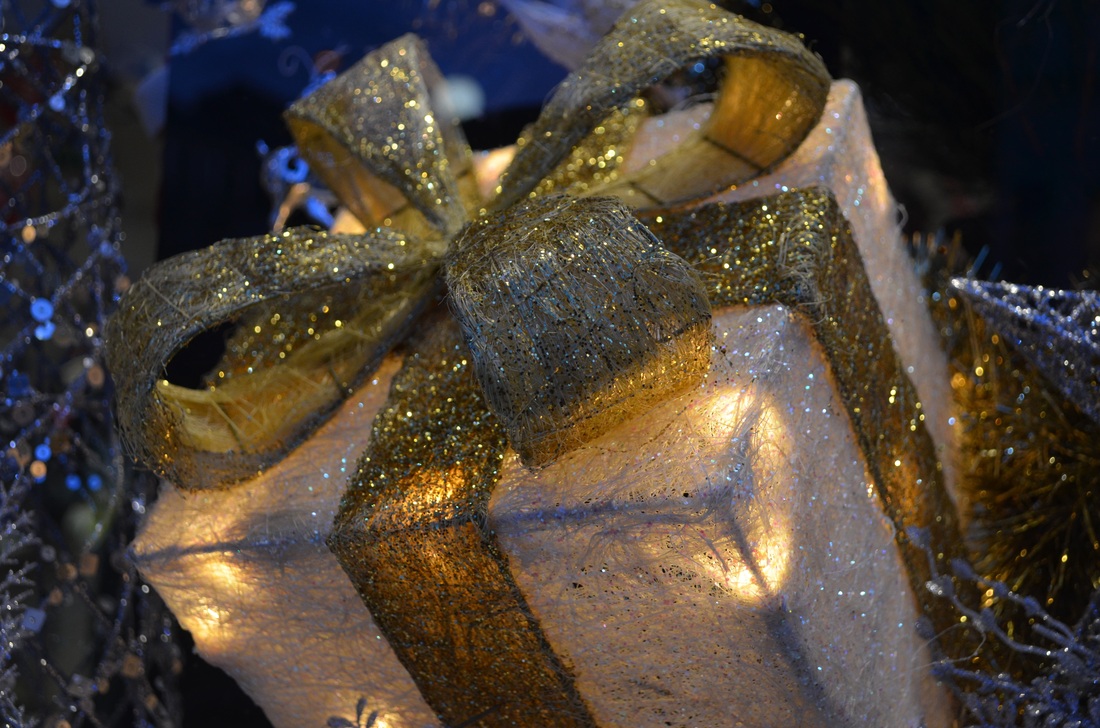
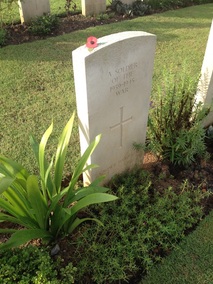
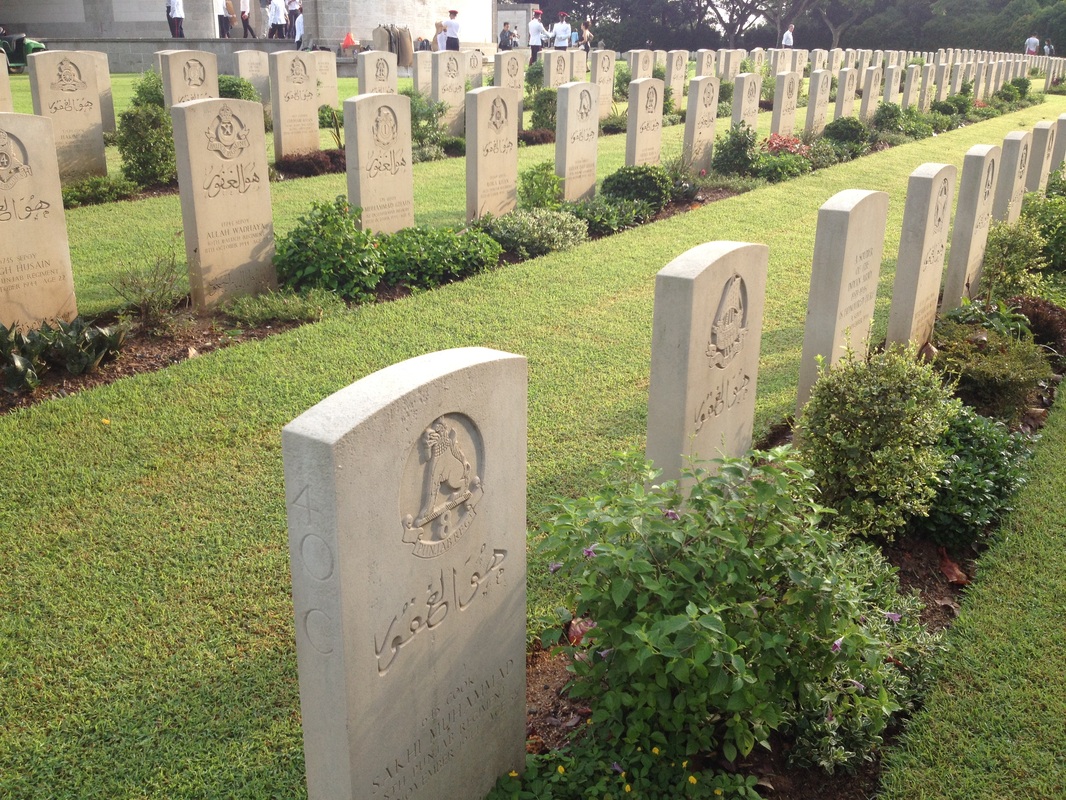
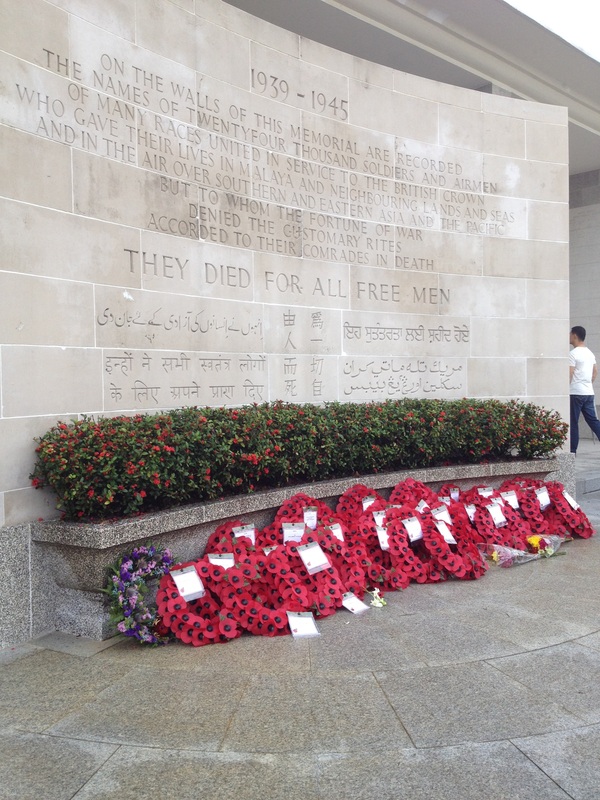
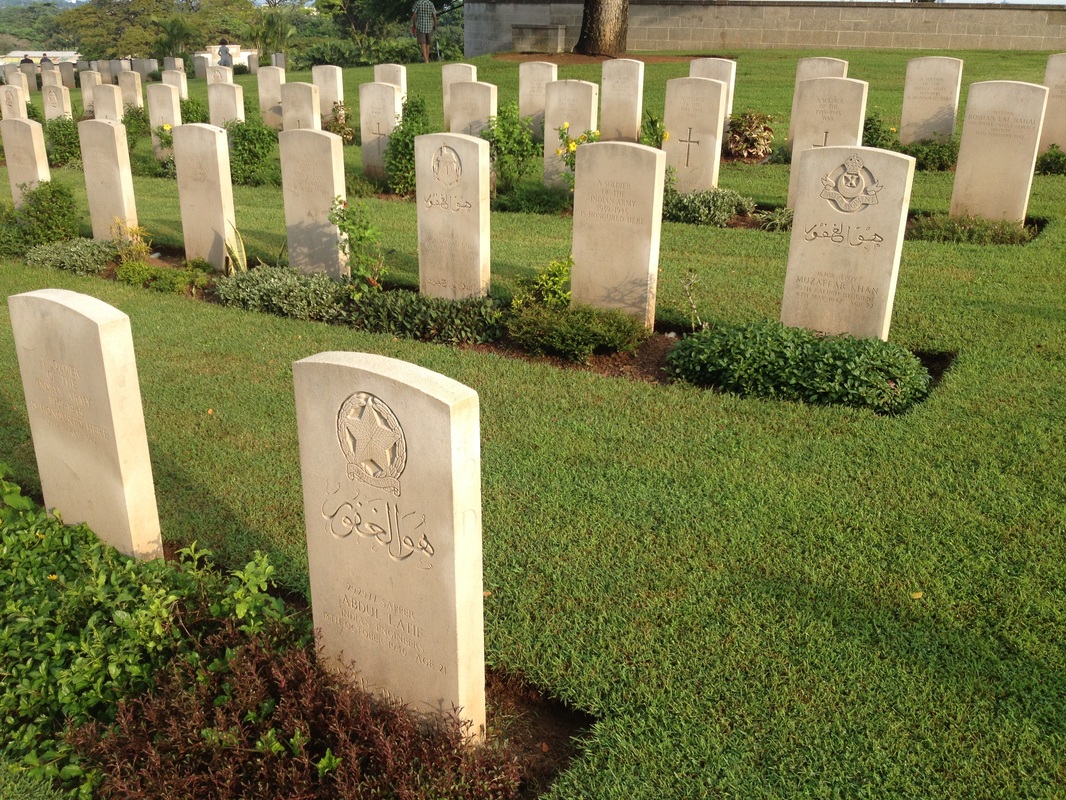
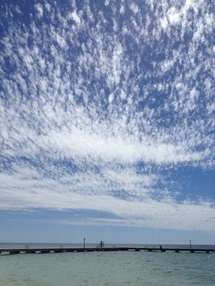
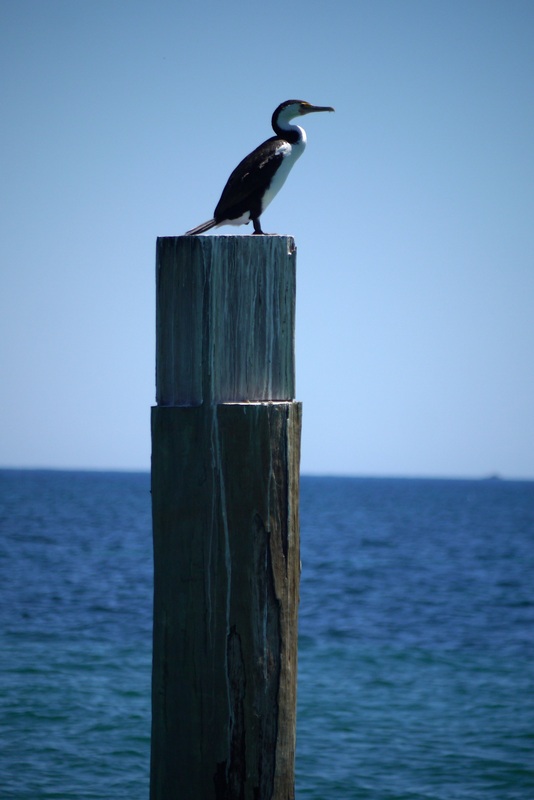
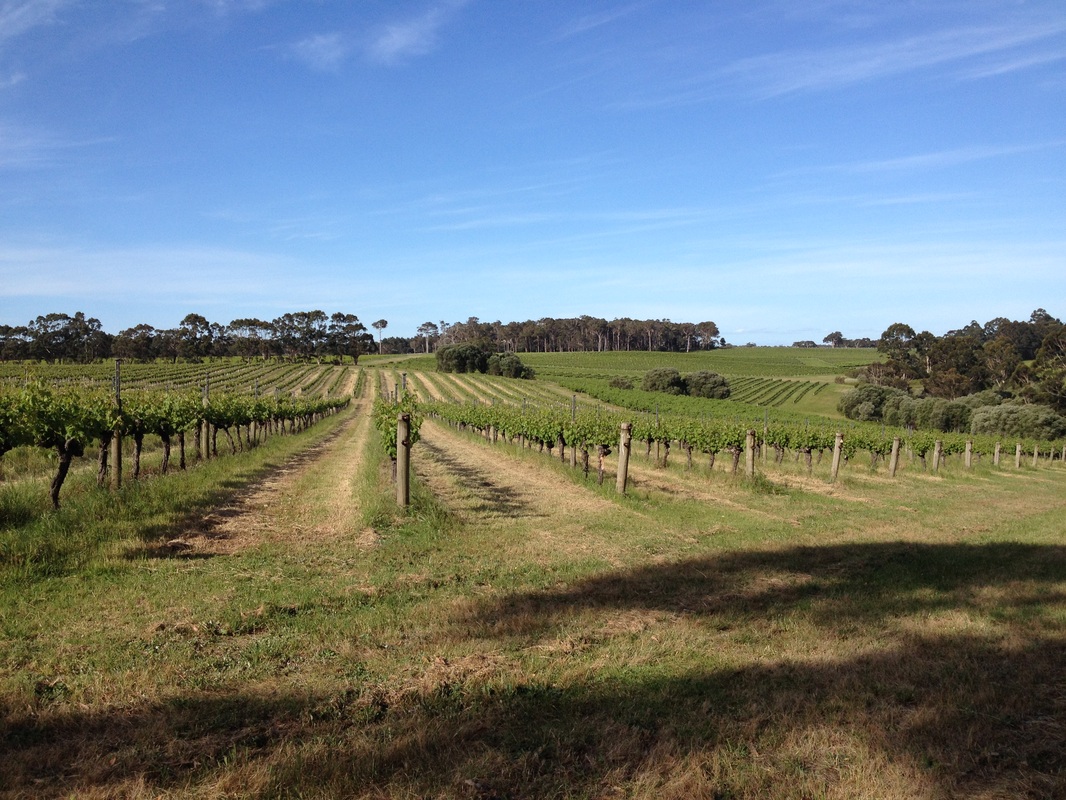
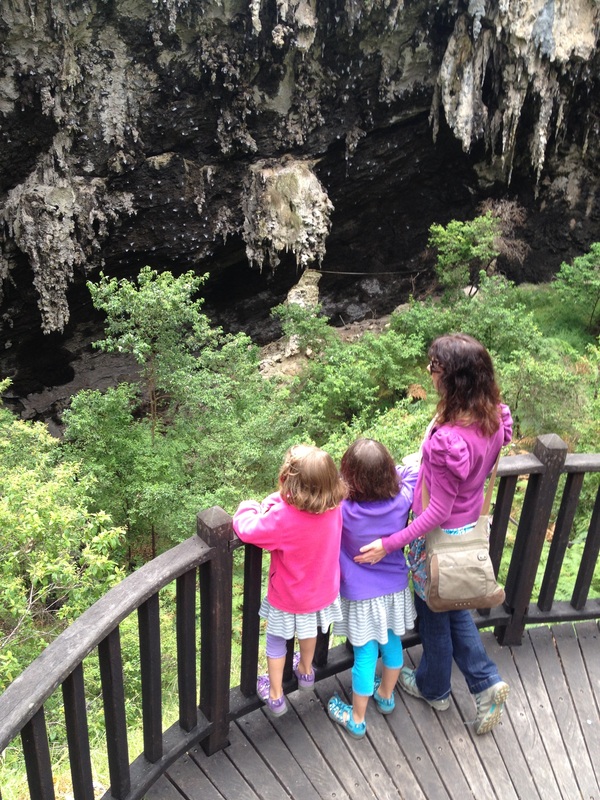
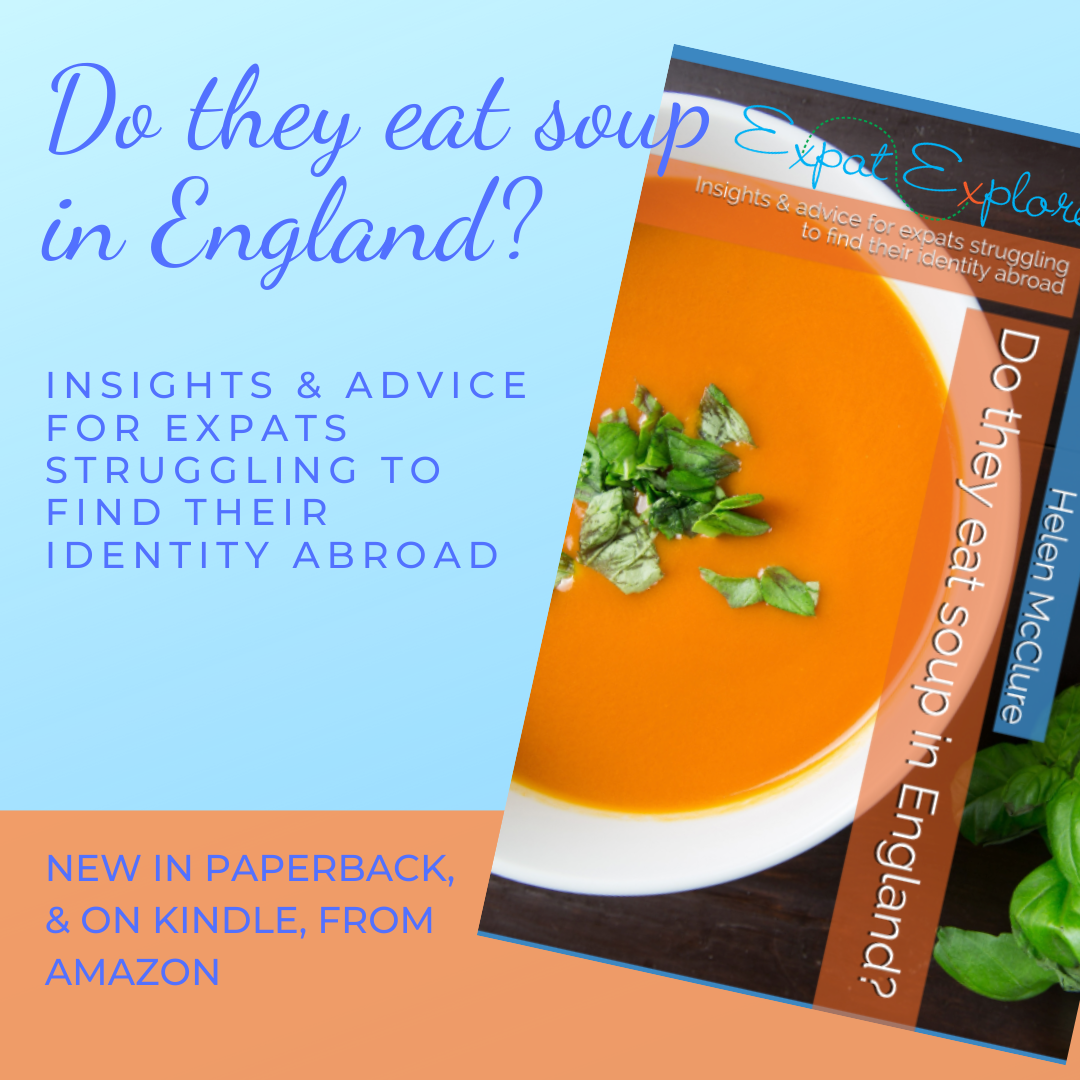

 RSS Feed
RSS Feed
